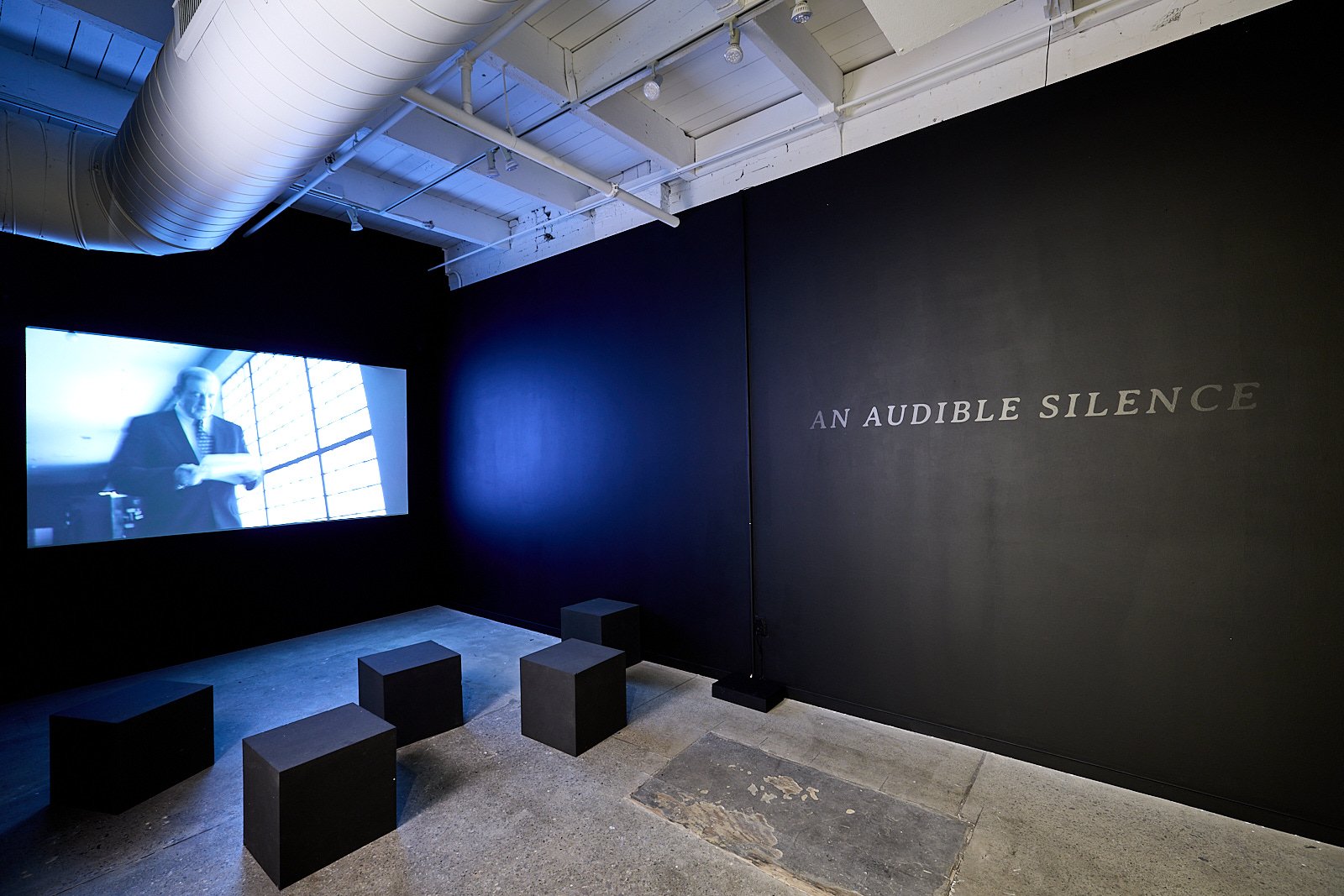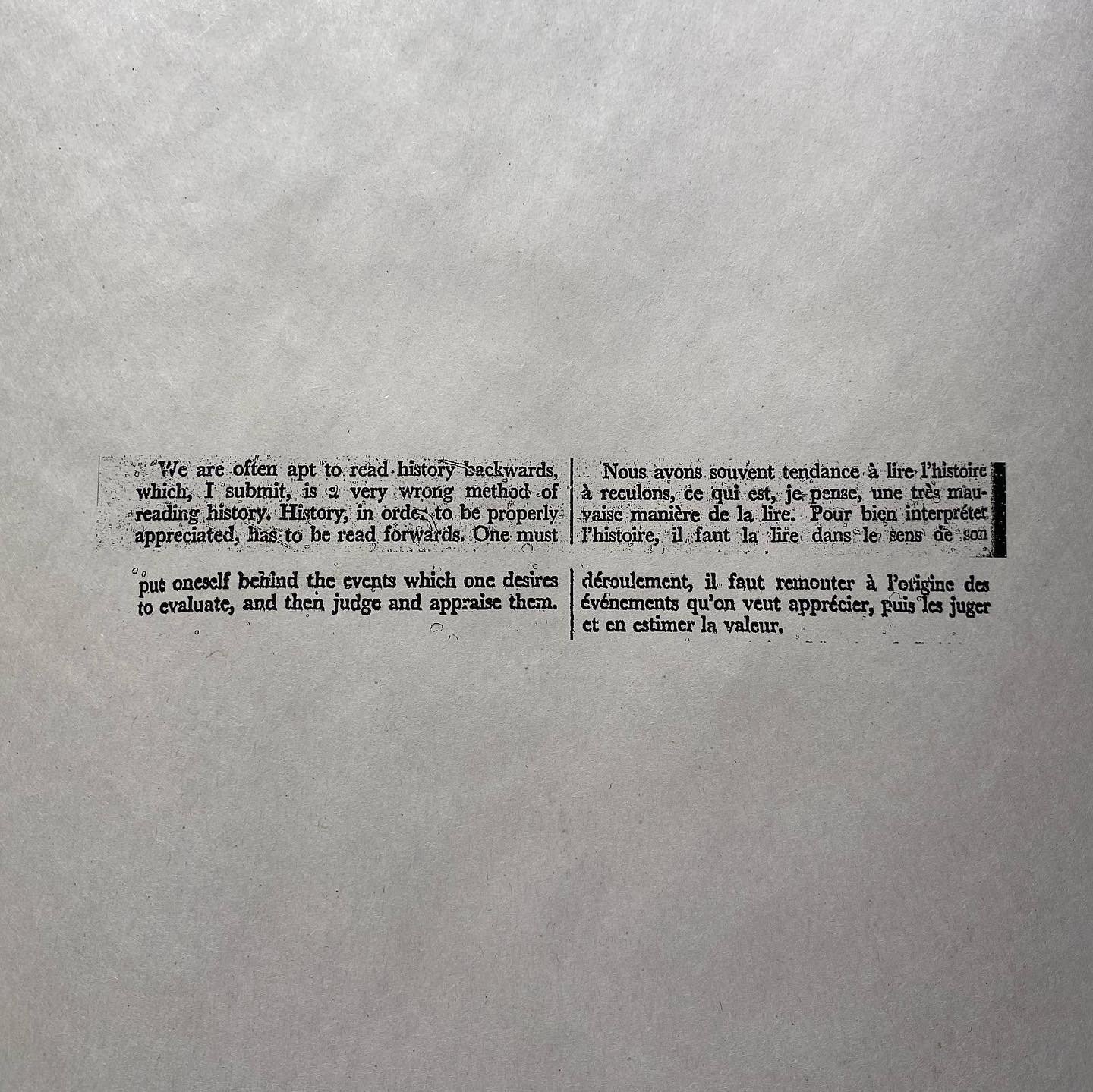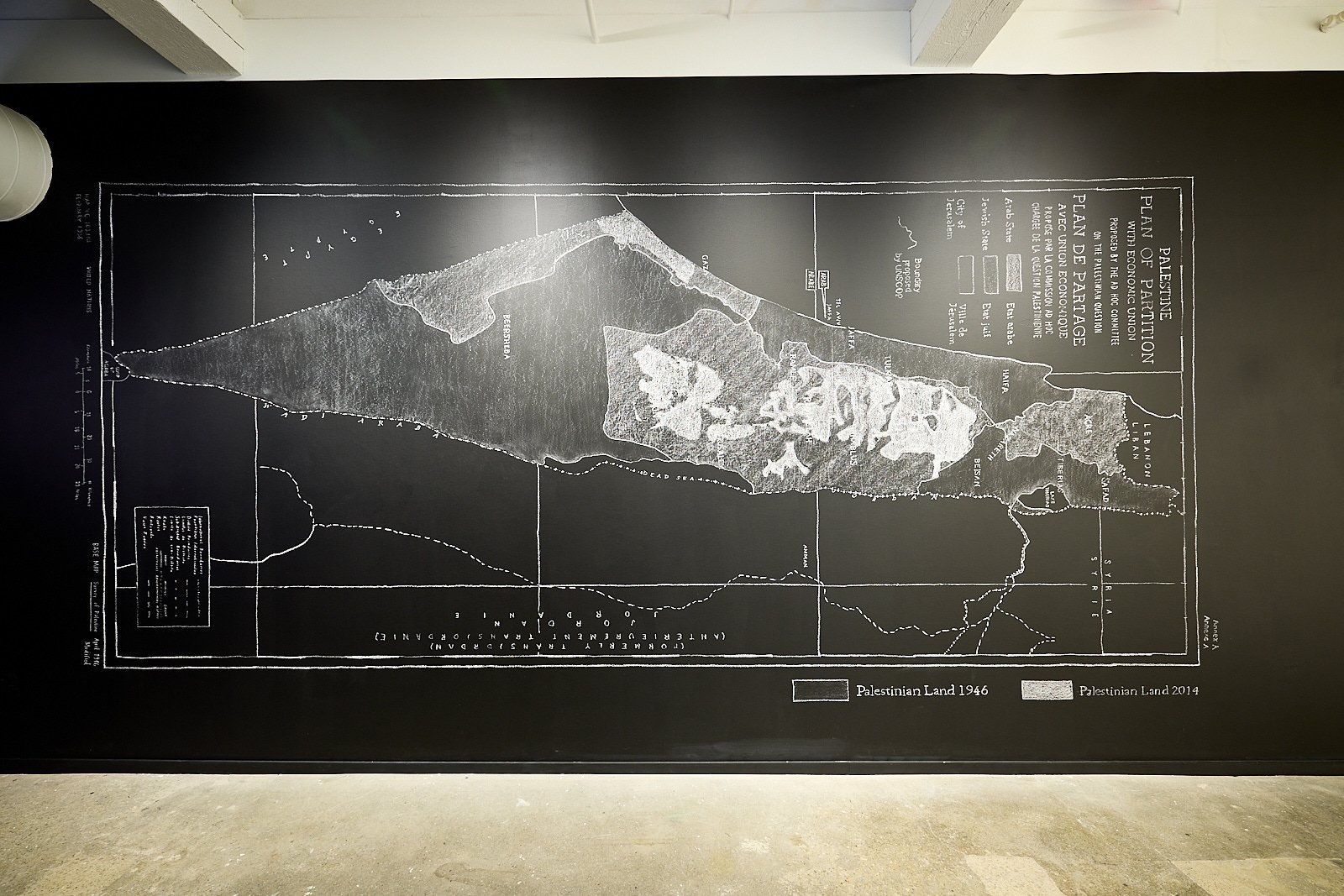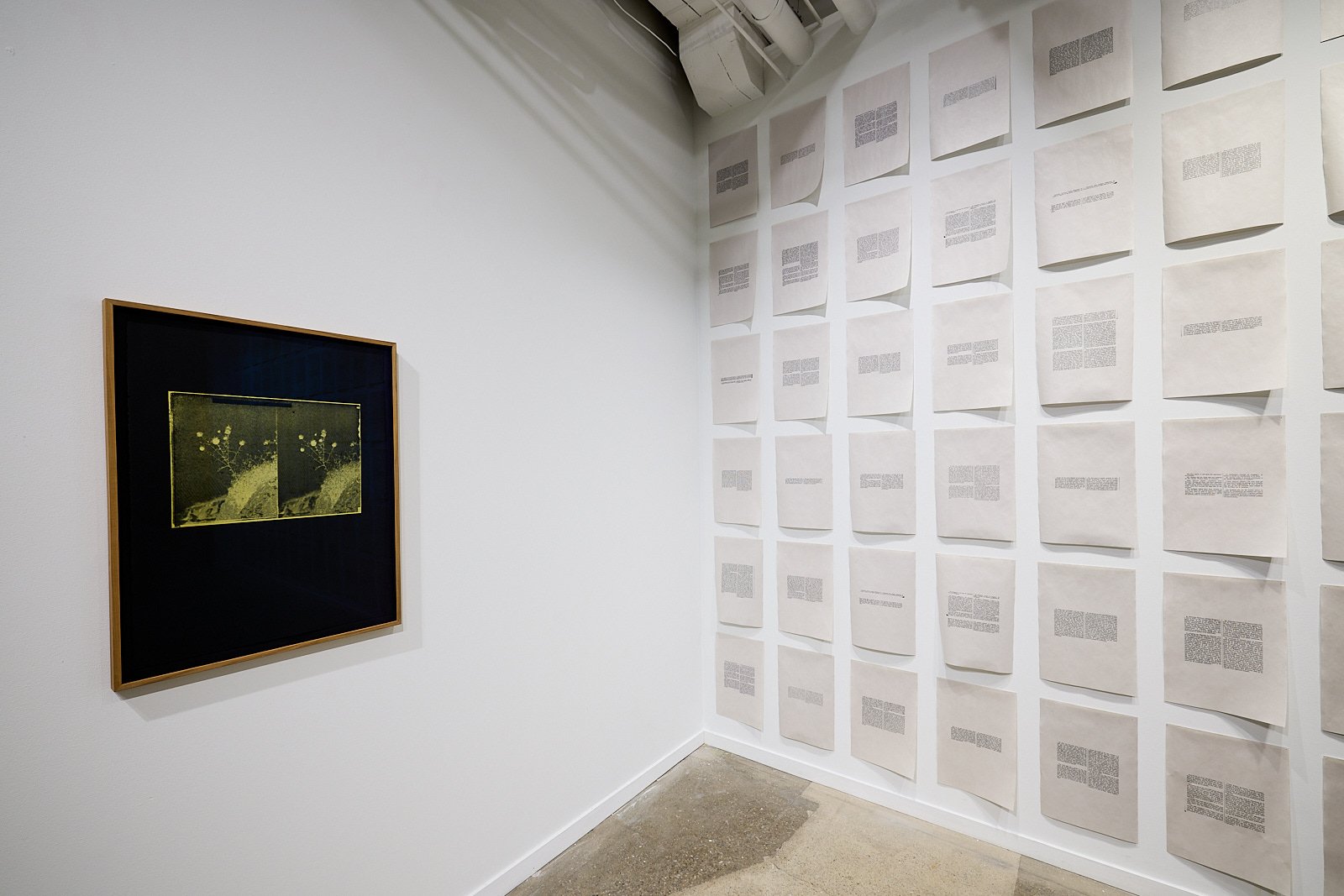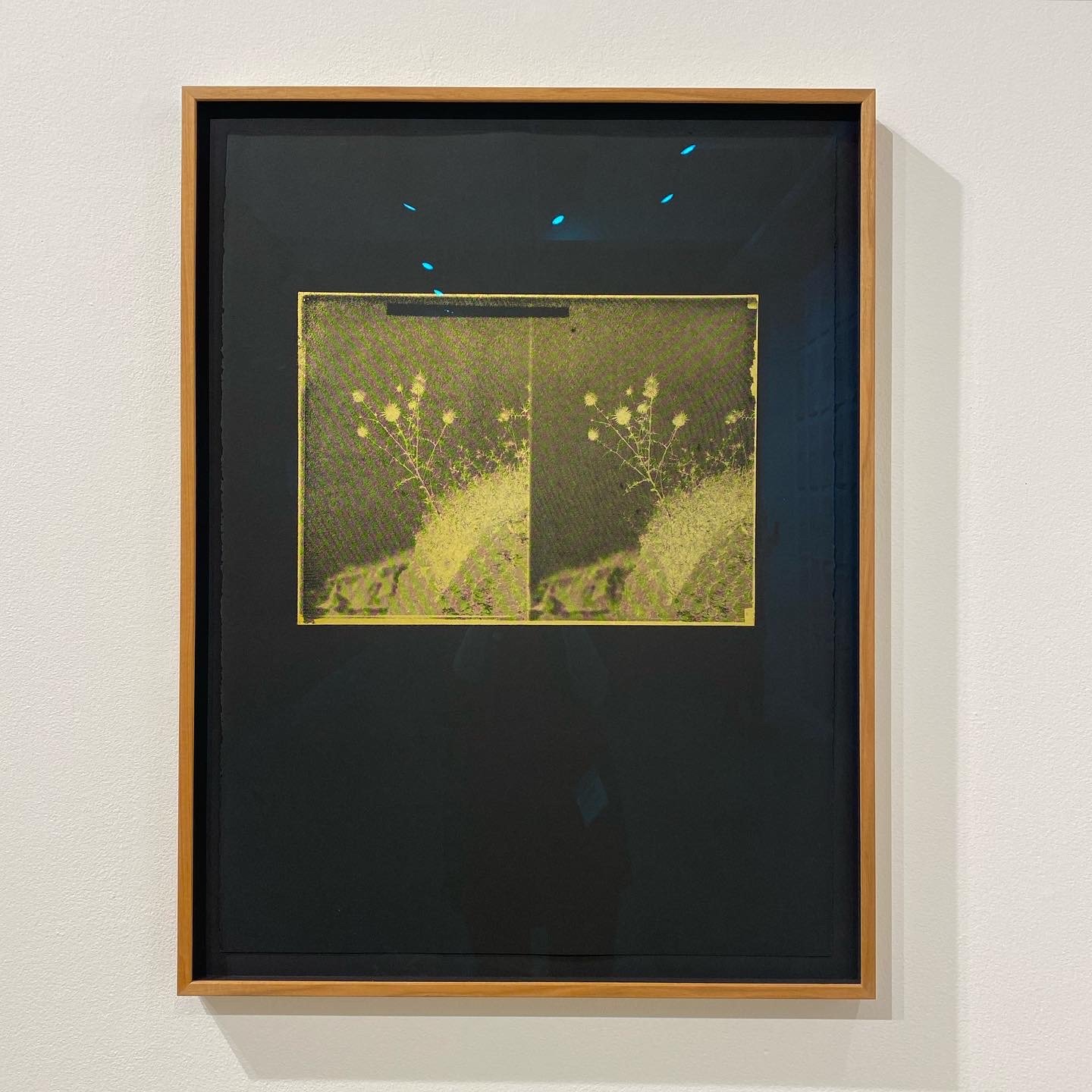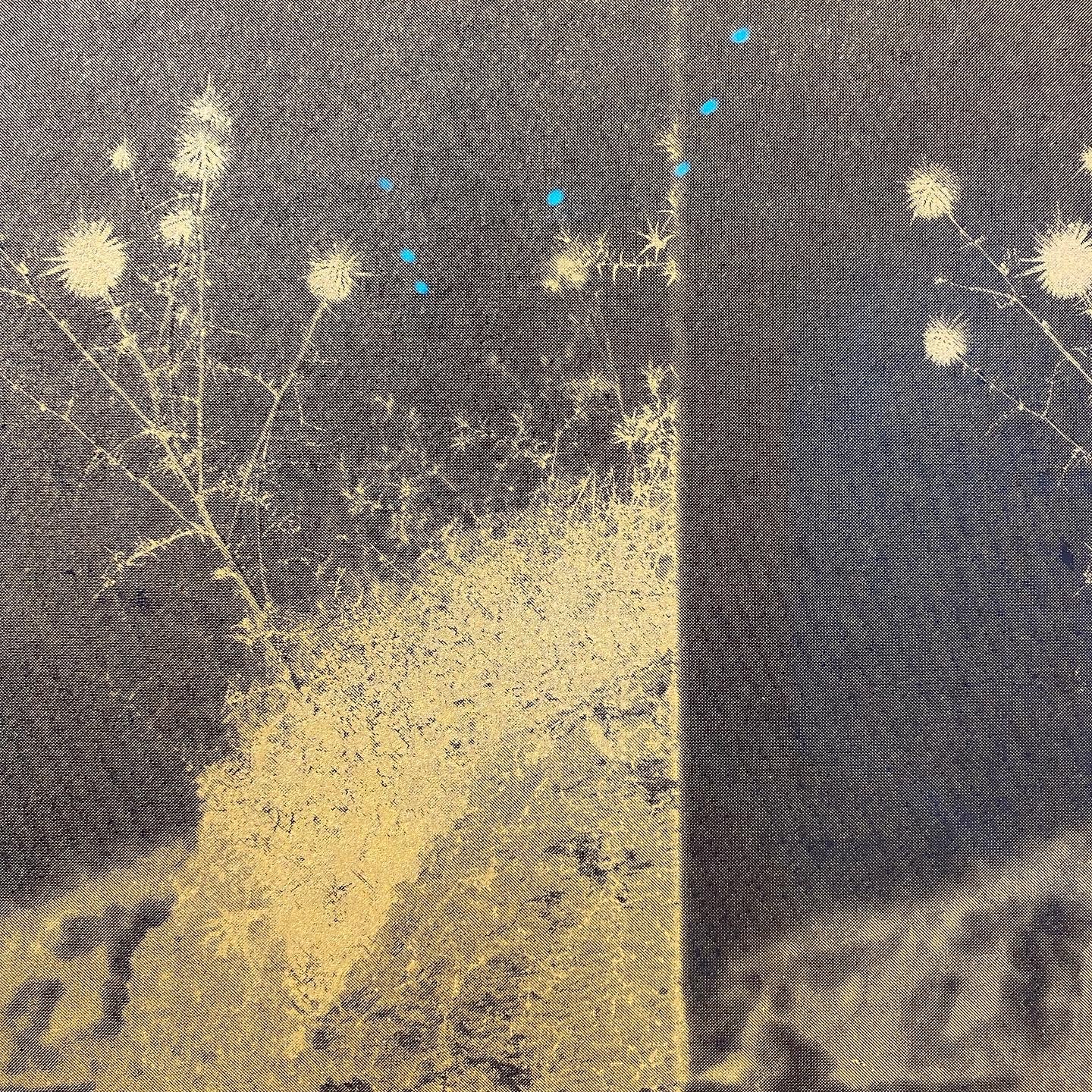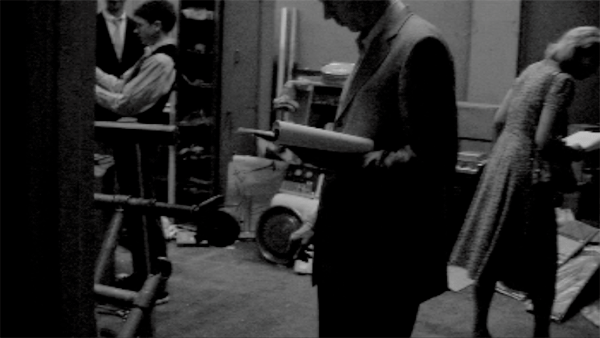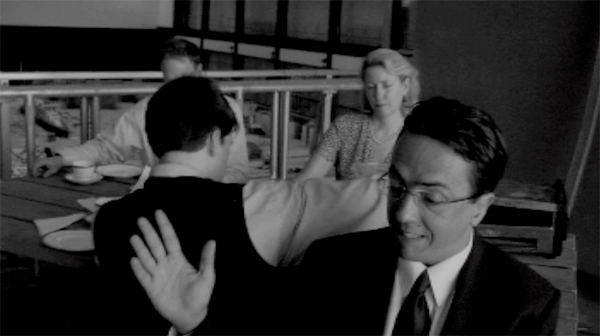To the People of That Future We Leave That Legacy
In collaboration with Hồng-Ân Trương
Single channel digital video, black & white with sound, vinyl, rubble, chalk on black paint, toner on newsprint
2009 – 2022
The late 1930s and early 1940s were marked by global instability and violence. In the midst of such tumult, the second largest American World’s Fair took place in Flushing Meadow, New York in 1939. While it was also an industrial exposition, it was the first to organize explicitly around the concept of the future, with slogans such as “the world of tomorrow” and “the eyes of the Fair are on the future.” Six years later in 1945, at the end of World War II, the United Nations was founded with the intended mission of preventing future wars between countries, and to provide a platform for dialogue and diplomacy. Before moving into their current permanent headquarters in Manhattan, UN leaders conducted one of its most pivotal meetings in one of the World’s Fair’s main pavilions in Flushing Meadow: the 1947 debates and ultimate passing of Resolution 181, which partitioned Palestine into a Jewish and an Arab state. This project examines this fraught moment in time, where the politics of democracy and the concept of the “common good” became bound up with the language and violent imperatives of capitalism and colonialism. This project imagines the past as our dystopic, violent present.
This video which anchors project, The Book of the Record of the Time Capsule of Cupaloy Made to Withstand the Effects of Time, re-stages these two events: the 1947 UN debates over Resolution 181, the decision that partitioned Palestine into a Jewish and an Arab state; and scenes from a fictional film, The Middleton Family at the New York World's Fair, made for the 1939 World's Fair. The video takes place in an abandoned building at Flushing Meadow, New York, the original site of both the fictional film and the UN speeches. While they took place over 50 years ago, the UN debates around the partition of Palestine chillingly contextualize today's Mid-East conflicts. What does it mean to utter these speeches again today? By re-performing parts of the UN debate, and the Middleton Family drama, the video acts as a kind of excavation of this historical site, exploring the concept of ruins as a relevant allegory for understanding today's present around questions of capitalism, colonialism, diplomacy, and technology.
Above: Installation at SPACES, Cleveland, 2022.

